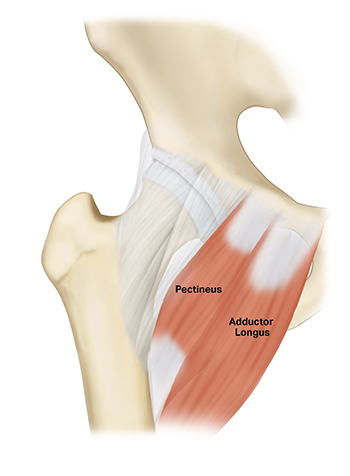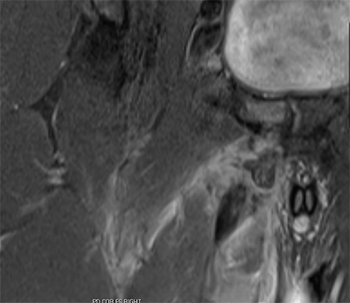Adductor Tendon Injuries
What are the Adductor Tendons?
The adductor tendons are a group of tendons located in the inner thigh region of the upper legs. They are responsible for connecting the adductor muscles, which are a group of muscles that help bring the legs toward the midline of the body and rotate the thigh inward (internally rotate). These tendons play a crucial role in various movements, including walking, running, and maintaining balance. Adductor tendon and groin strain account for 5-6% of all sports injuries.

Adductor tendon injuries occur when the muscles and tendons that connect the groin to the hip become strained or torn, often due to sudden movements or repetitive stress. These injuries can cause significant pain, weakness, and difficulty with physical activity. If you are experiencing groin pain, limited hip mobility, or difficulty engaging in sports or daily activities, Dr. Jorge Chahla, an expert orthopedic hip surgeon, can provide a comprehensive evaluation and personalized treatment plan. Contact his office in Chicago, Naperville, or Oak Brook to schedule an appointment and begin your recovery.
At a Glance
Dr. Jorge Chahla
- Triple fellowship-trained sports medicine surgeon
- Performs over 800 surgeries per year
- Associate professor of orthopedic surgery at Rush University
- Learn more

